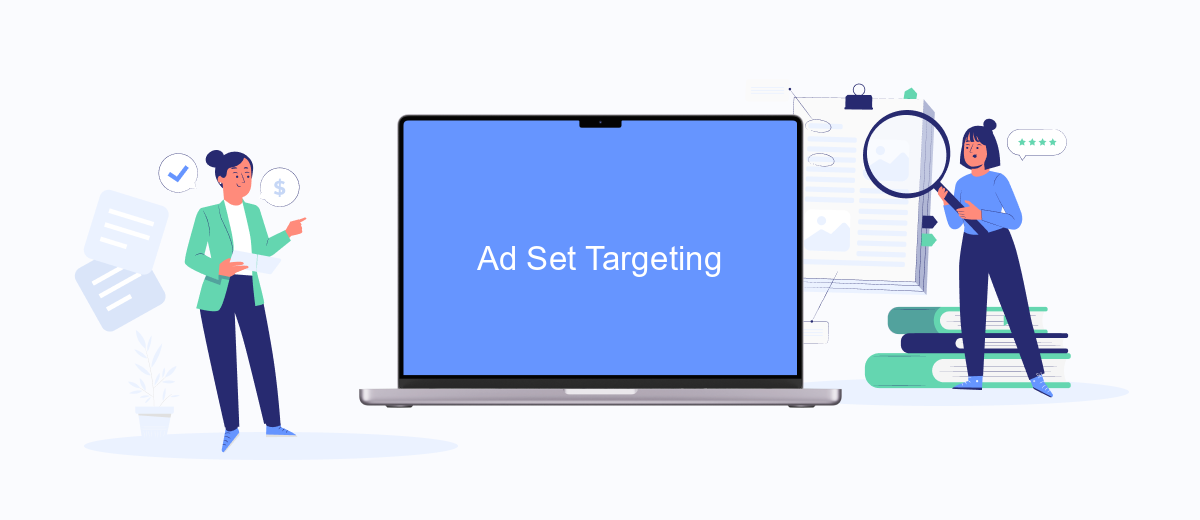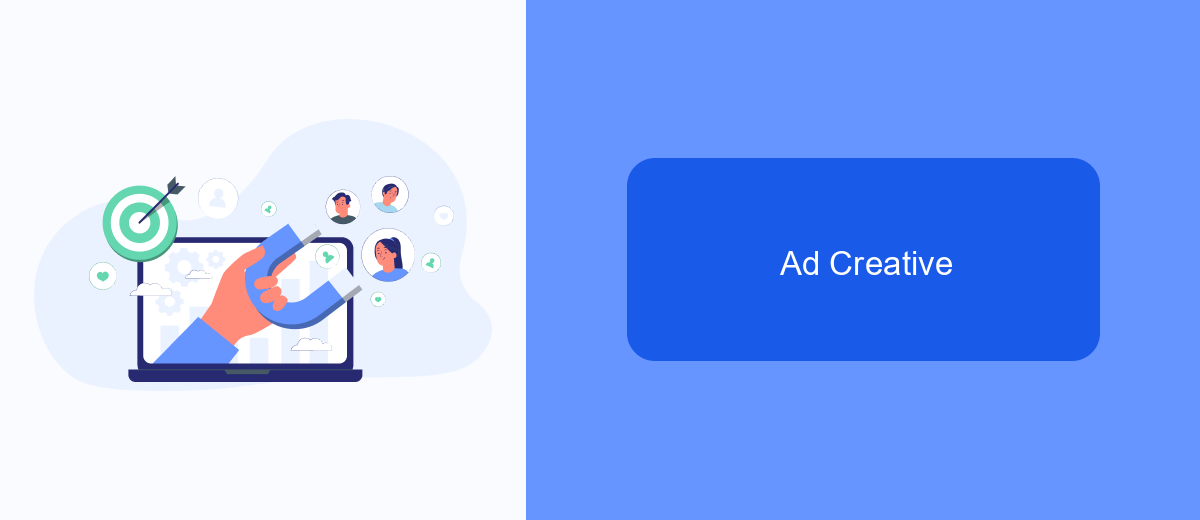Creating an effective Meta Ads campaign structure is crucial for maximizing your advertising impact and achieving your marketing goals. By organizing your campaigns strategically, you can enhance targeting precision, optimize budget allocation, and improve overall performance. This article will guide you through the key components of a successful Meta Ads campaign structure, offering insights and best practices to help you drive better results and reach your desired audience.
Meta Ads Campaign Structure
The structure of a Meta Ads campaign is crucial for achieving optimal performance and maximizing return on investment. A well-organized campaign structure allows advertisers to efficiently manage and analyze their ad performance, ensuring that the right message reaches the right audience at the right time. By aligning the campaign's objectives with its structure, advertisers can streamline their efforts and focus on what truly matters: driving results.
- Campaign Level: Define the objective, such as brand awareness, traffic, or conversions.
- Ad Set Level: Target specific audiences, set budgets, and choose placements.
- Ad Level: Craft compelling creatives and messaging to engage your audience.
Each level of the campaign structure plays a distinct role, contributing to the overall success of the advertising efforts. By clearly defining objectives at the campaign level and strategically setting parameters at the ad set and ad levels, advertisers can create a cohesive and effective advertising strategy. This structured approach not only simplifies management but also enhances the ability to test, learn, and optimize for better performance over time.
Campaign Objectives

When setting up a Meta Ads campaign, defining clear campaign objectives is crucial for guiding the entire advertising strategy. Campaign objectives should align with the overall business goals, whether it's increasing brand awareness, driving website traffic, generating leads, or boosting sales. Each objective dictates the campaign's structure, audience targeting, ad placements, and budget allocation. For instance, a campaign focused on brand awareness might prioritize reach and impressions, while a lead generation campaign would emphasize engagement and conversions. By clearly defining objectives, businesses can tailor their ad content and optimize performance metrics to achieve desired outcomes effectively.
In addition to setting objectives, integrating tools that streamline data management and lead processing can significantly enhance campaign efficiency. Services like SaveMyLeads offer seamless integration solutions, enabling advertisers to automatically transfer leads from Meta Ads to their CRM systems or email marketing platforms. This automation not only saves time but also ensures that leads are promptly followed up, increasing the chances of conversion. By leveraging such integrations, businesses can maintain a cohesive marketing strategy, ensuring that every lead generated contributes to the overarching campaign objectives.
Ad Set Targeting

Ad set targeting is a crucial component of any Meta Ads campaign, as it determines which audience segments will see your ads. A well-defined targeting strategy ensures that your ads reach the right people, maximizing engagement and conversion rates. By leveraging Meta's robust targeting options, advertisers can finely tune their audience based on demographics, interests, behaviors, and more.
- Demographic Targeting: Select age, gender, and location to reach specific groups.
- Interest Targeting: Reach users based on their hobbies, likes, and interests.
- Behavioral Targeting: Target users based on their past purchase behavior and device usage.
- Custom Audiences: Use your own data to target existing customers or website visitors.
- Lookalike Audiences: Find new potential customers similar to your existing audience.
By carefully selecting and testing different targeting options, advertisers can optimize their ad sets for better performance. It's important to regularly analyze the results and adjust targeting parameters to ensure that the campaign continues to align with business goals. In doing so, businesses can improve their return on investment and achieve more effective ad delivery.
Ad Creative

Ad creatives are the visual and textual elements that capture the audience's attention and convey your campaign message effectively. They play a crucial role in the success of your Meta Ads campaign by engaging users and driving them to take desired actions. A well-crafted ad creative not only enhances visibility but also improves the overall performance of your ads.
When designing ad creatives, it's essential to align them with your campaign objectives and target audience preferences. Consistency in branding and messaging helps in building trust and recognition. Use high-quality images or videos, and ensure your text is concise and compelling. Remember, the goal is to make your ads stand out in a crowded social media environment.
- Use eye-catching visuals that resonate with your target audience.
- Incorporate clear and concise messaging that highlights your value proposition.
- Ensure your ad creative is mobile-friendly and optimized for various devices.
- Test different creative formats to determine what performs best.
Regularly updating and testing your ad creatives is vital to maintaining engagement and achieving campaign goals. Analyze performance data to identify which elements resonate most with your audience and refine your strategy accordingly. By continuously optimizing your ad creatives, you can maximize the impact of your Meta Ads campaign.
Measurement and Optimization
Effective measurement and optimization are crucial components of a successful Meta Ads campaign. By utilizing advanced analytics tools, advertisers can track key performance indicators (KPIs) such as click-through rates, conversion rates, and return on ad spend (ROAS). This data-driven approach allows marketers to understand which aspects of their campaigns are performing well and which require adjustments. Regularly analyzing campaign metrics enables advertisers to make informed decisions, optimize ad creatives, and allocate budgets more efficiently, ultimately enhancing overall campaign performance.
Integrating automation tools can further streamline the optimization process. For instance, services like SaveMyLeads facilitate seamless data integration between Meta Ads and various CRM systems, ensuring that leads are captured and processed in real time. This automation not only saves time but also reduces the risk of data entry errors, allowing marketers to focus on strategic decision-making. By leveraging such tools, advertisers can maintain an agile and responsive campaign structure, adapting quickly to market changes and maximizing their advertising ROI.
FAQ
What is the optimal structure for a Meta Ads campaign?
How should I organize my ad sets for better performance?
How can I automate my Meta Ads campaigns?
What are the best practices for creating effective ad creatives?
How do I measure the success of my Meta Ads campaign?
You probably know that the speed of leads processing directly affects the conversion and customer loyalty. Do you want to receive real-time information about new orders from Facebook and Instagram in order to respond to them as quickly as possible? Use the SaveMyLeads online connector. Link your Facebook advertising account to the messenger so that employees receive notifications about new leads. Create an integration with the SMS service so that a welcome message is sent to each new customer. Adding leads to a CRM system, contacts to mailing lists, tasks to project management programs – all this and much more can be automated using SaveMyLeads. Set up integrations, get rid of routine operations and focus on the really important tasks.
